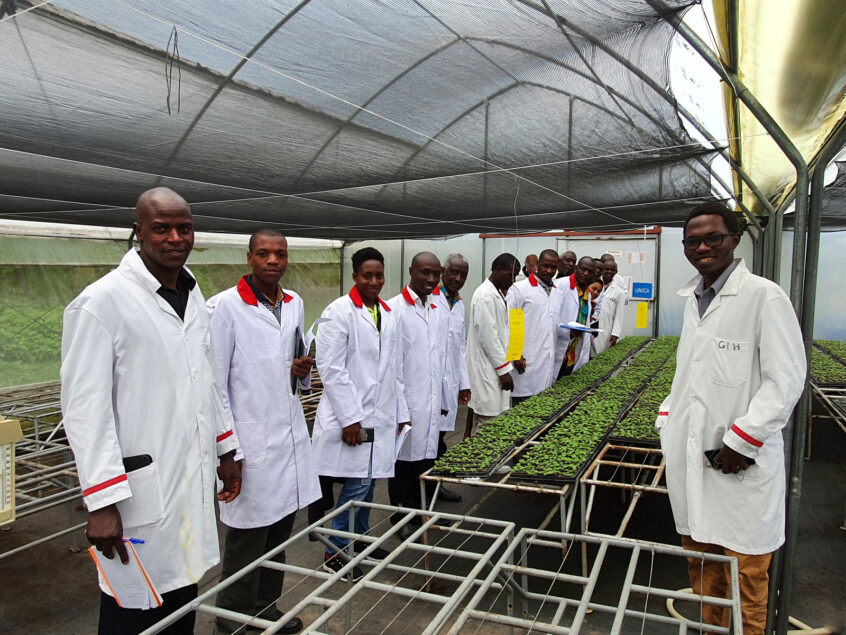Early generation seed (EGS) is the starter material for producing commercial seed of new varieties. EGS is the key to a healthy, economically viable seed system. RTB has supported the development of new technologies that make it possible to produce EGS faster, making improved varieties available sooner, as shown by experiences from cassava in Nigeria, sweetpotato and potato in East Africa, and yam in West Africa. Healthy and productive seed for farmers starts with top quality EGS.

Commercial seed is produced from early generation seed (EGS), where RTB is giving a lot of attention. RTB is supporting systems that get top quality EGS of new varieties into the hands of commercial seed producers faster and more efficiently, thus building value chains that improve the yields and the livelihoods of many root, tuber and banana farmers.
RTB has supported the development of rapid multiplication techniques (RMTs) that are accelerating the multiplication and bulking up of EGS to provide disease-free starter material using molecular detection protocols. This is important, because once a variety is selected for release, and farmers want it, it can take years to multiply it in the field and make seed available.
In Nigeria, semi-autotrophic hydroponics (SAH), used in Latin America to multiply potato seed, was adapted by IITA and the Nigerian National Root Crops Research Institute (NRCRI) for cassava. By quickly multiplying cassava cuttings in small trays, more seed can be produced, cutting costs from a dollar for breeder seed to ten cents for SAH plantlets. Additionally, SAH can achieve a 50-fold multiplication in the quantity of EGS in 15 weeks compared to 30 weeks for the previous method.

In East Africa, the International Potato Center (CIP) and partners developed and introduced new RMTs for potato to private companies and the public sector including: sand hydroponics, aeroponics (growing roots in the air), and rooted apical cuttings (shoots cut from plantlets are transplanted into plugs). In Kenya, private seed companies like Kisima Farm and Stokman Rozen are using rooted apical cuttings to produce commercial seed quickly, on a large scale, while training other companies to produce the cuttings.
IITA’s Yam Improvement for Income and Food Security in West Africa (YIIFSWA) project has developed new techniques for producing EGS. The Temporary Immersion Bioreactor and vivipak systems are being shared with national agricultural research centers to produce clean starter material for breeder and foundation seed, while private seed companies in Nigeria and Ghana are producing foundation seed with aeroponics and hydroponics and single node vine cuttings. This EGS is then being made available to seed yam growers WHO are producing commercial seed tubers with another RMT, the adaptive yam minisett technique. See the box on yam minisett, opposite.
Margaret McEwan, Senior Scientist and Seed Systems Specialist at CIP explains. “We have been able to learn across crops – for example hydroponics in potato has been adapted to sandponics in sweetpotato. Agricultural economists have determined the cost of production for different technologies using the Sustainable Early Generation Seed Business Analysis Tool (SEGBAT), from the seed systems toolkit. Understanding the unit cost of production and developing marketing strategies are critical components of the sustainable sweetpotato EGS business plans which we have supported with public and private sector organizations in 11 countries in sub-Saharan Africa.”
These experiences show that RMTs can bring healthy seed of improved varieties to farmers sooner. Lowering the cost of EGS also lowers costs throughout the system. Quality is easier to manage and certify at early stages, so certification should focus on EGS, rather than on farm level certification. RMTs need to be used with the right marketing and pricing strategies. With the proper incentives, private companies can produce EGS for root, tuber and banana crops, which will lead to greater varietal adoption.

SHARE THIS

